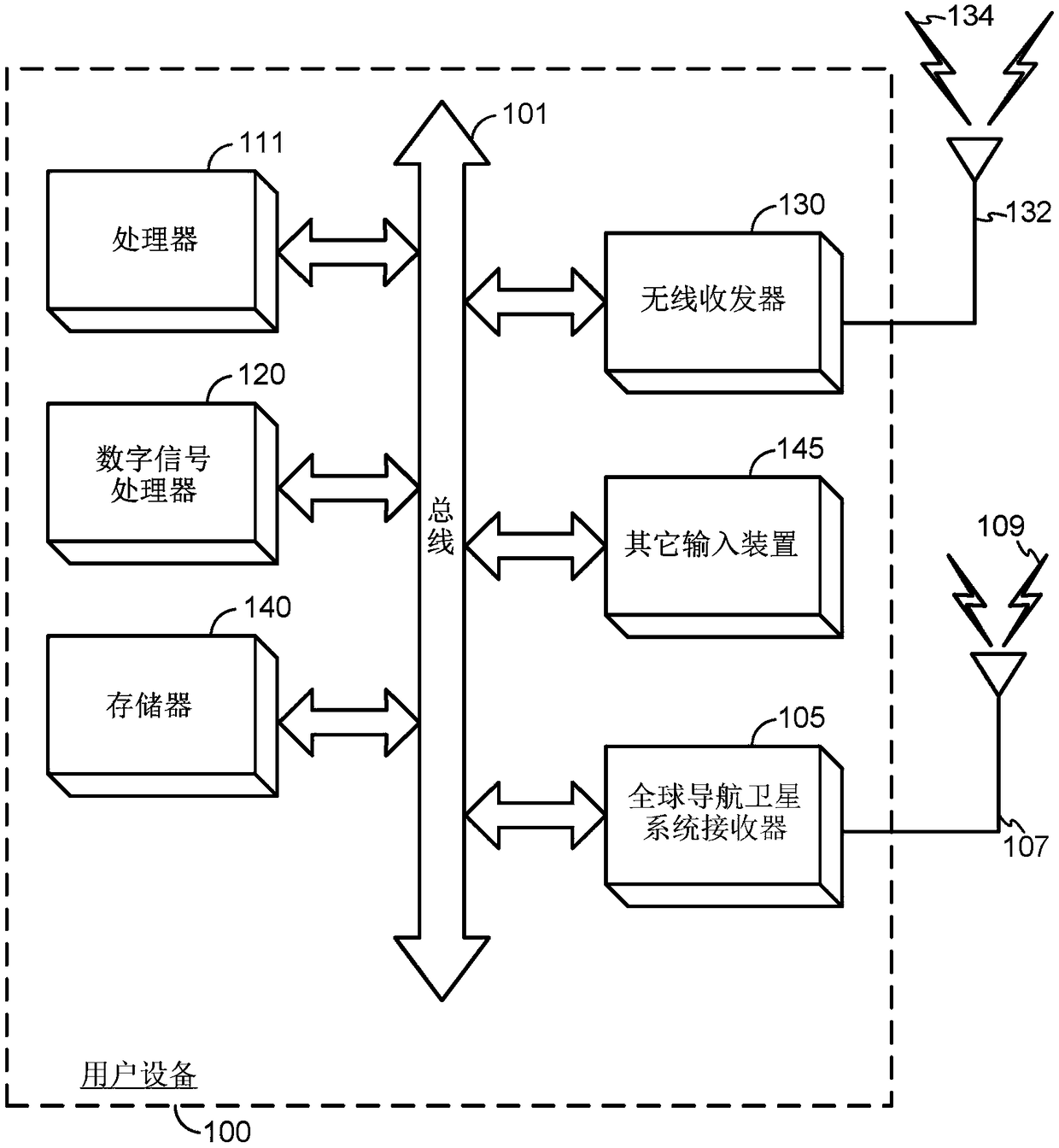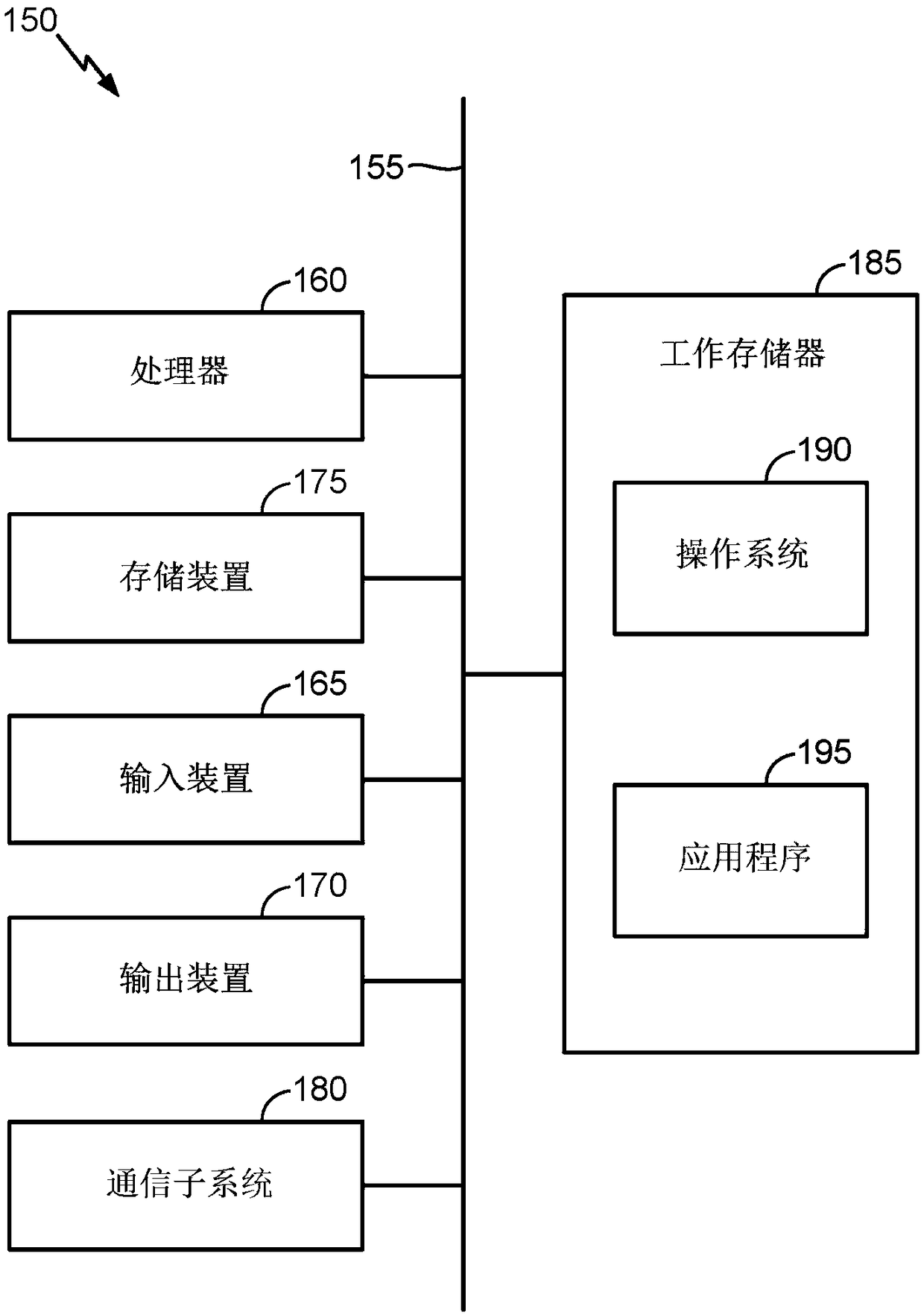Determining time calibration value for user equipment
A technology for time calibration and user equipment, applied in positioning, location information-based services, satellite radio beacon positioning systems, etc., can solve problems such as high cost and slow down manufacturing process
- Summary
- Abstract
- Description
- Claims
- Application Information
AI Technical Summary
Problems solved by technology
Method used
Image
Examples
example
[0098] o Example #2: In a point-of-sale (POS) transaction, UE 100 can connect to a POS terminal via a local short-range connection, where the POS terminal location is precisely known;
[0099] o Example #3: The UE 100 uses the camera to scan a nearby QR code. A QR code may map directly to an associated location, or may be some type of device identifier that can be used to look up an associated location; and / or
[0100] • The UE 100 determines its position based on a Pedestrian Dead Reckoning (PDR) system in an indoor environment.
[0101] UE 100 then estimates its time alignment value 1015A (e.g., similar to Figure 6 615). In an example, the estimate of 1015A can be calculated based on Equation 5 as shown below:
[0102] Time calibration value = TOAmeas-(||UEloc-antennaloc||+FLC)
[0103] Equation 5
[0104] where TOAmeas represents the mean value of TOA measured at 1005A, UEloc represents the non-STPS and non-GNSS UE position estimate from 1010A, antennaloc represents t...
PUM
 Login to View More
Login to View More Abstract
Description
Claims
Application Information
 Login to View More
Login to View More - R&D
- Intellectual Property
- Life Sciences
- Materials
- Tech Scout
- Unparalleled Data Quality
- Higher Quality Content
- 60% Fewer Hallucinations
Browse by: Latest US Patents, China's latest patents, Technical Efficacy Thesaurus, Application Domain, Technology Topic, Popular Technical Reports.
© 2025 PatSnap. All rights reserved.Legal|Privacy policy|Modern Slavery Act Transparency Statement|Sitemap|About US| Contact US: help@patsnap.com



